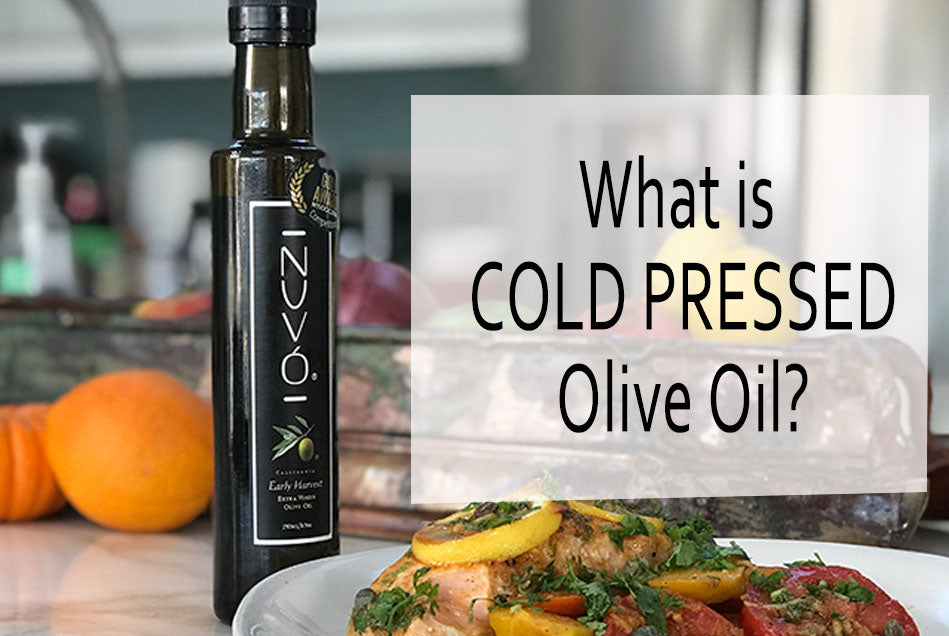If you have been following us, we talked last time about the basic uses of extra virgin olive oil, and if it was safe to cook with olive oil. If you missed it, then you can check it out here.
Today we’re going to dig a little bit deeper so we can understand our olive oil a little better.
The term ‘extra virgin olive oil’ is quite an old one and has even been in the English language since the 12th century. The term was given to the ‘first cold pressing of the olives". This is where we get the term first cold pressed and forever, the term extra virgin and first cold pressed were synonymous with each other.
What is First Cold Pressed?
The term is now antiquated. But up until about 60 years ago, the only way to distinguish between extra virgin olive oil and virgin olive oil was if you knew your olives were first cold pressed.
The problem was that technology didn’t allow for each milling session to be first cold pressed.
The only way to ensure you got first cold pressed olives was if your olives were literally the first pressed olives of the day. Anyone after that had to contend with the olive muck from the entire day’s session.
Fortunately, today, things are much different. First cold pressing your olives is a matter of choice for most.
While the old style of milling olives with a stone wheel in an open circular trough being pushed by 2 oxen exists, it is more so for nostalgic reasons.
Olives no longer have to be milled in the open air, oxidizing while being crushed and temperature controls exist to ensure the olives remain below a certain temperature.
The amazing thing about olive oils today is that the statement above is not a subjective one.
Although taste will remain subjective, we no longer have to debate the actual quality of the olive oil.
We now have tests in order to understand the chemical makeup, stability and health benefits of any olive oil. Not surprisingly, science has proven the ancients right in understanding the value of first cold pressed olives.
Chemical analysis has given us a system to grade olive oil.
The acidity of the olive oil is a measurement of the free fatty acids in the oil. These are free radicals that are basically destroying the oil. The lower the number, the more stable and the less quickly the oil is breaking down.
Extra Virgin Olive Oil is one with an acidity of less than 0.8%
While first cold pressing olives is a vital step in making extra virgin olive oil, it is not the only one.
Some things that lead to increases in acidity are mishandled, bruised or damaged olives.
During the milling session, there are a number of variables that need to be controlled as well, including keeping the temperature down.
Low acidity number equates to higher the smoke point. So a great extra virgin with low acidity (0.8% is the threshold for U.S extra virgin) is, in fact, a dependable cooking oil.
Our Early Harvest Olive Oil has an acidity of – 0.2%, and although it makes a great cooking oil, we most enjoy it as a finishing oil, for salads, on fruit or ice cream, and pasta, on avocado toast, steamed broccoli, fish, chicken and quinoa, kale chips, swiss chard and the list goes on and on.
However, please always remember the most important thing with your bottle of extra virgin olive oil – it has to be fresh!
And check your harvest date!
Stay Healthy, Friends!
Josh


